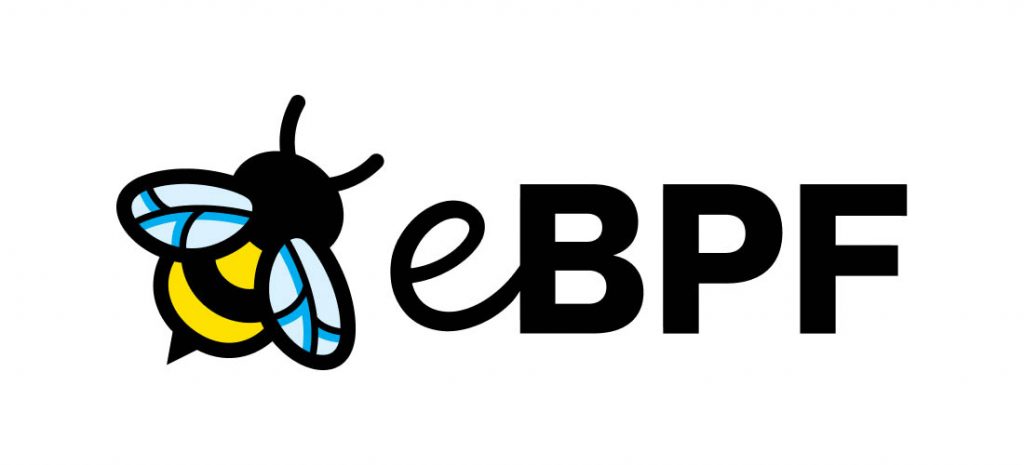eBPF in 2024: Unleashing Observability’s Gem

Paul Trebe, Vice President of Sales at groundcover
In the rapidly evolving landscape of observability in 2024, a transformative force has emerged, challenging the status quo of legacy vendors and open-source solutions. eBPF, or extended Berkeley Packet Filter, stands as a beacon of change, providing a middle ground between premium pricing and haphazard attempts at monitoring. As an industry veteran, with over two decades of experience, I have a wealth of expertise in this field. Prior to joining the groundcover team, I led go to market efforts at Coralogix, New Relic, and Dynatrace, where I played pivotal roles in expanding the companies market presence and driving revenue growth. The observability field is rapidly evolving, and a true understanding of the unique needs is a valuable asset today.
eBPF is breaking free from the shackles of prohibitive costs and resource-intensive solutions, positioning itself as an ‘easy button’ that effortlessly delivers insights within 60 seconds of installation. Organizations are struggling to achieve visibility depth while navigating budget constraints. They deserve unparalleled solutions in the observability space to ensure organizations no longer need to face these compromises. The single command install and commercial models that eBPF allows are going to disrupt the industry, which has been looking for an ‘easy button’.
Evolution of Pricing Models:
In this recent guest post I witnessed many of the pain points caused by the traditional observability methods: this engineer set up a legacy vendor on his Kubernetes environment to maintain his observability capabilities. As it turns out, there was no rate limiting to the logs collection mechanism: all logs are collected, ingested and stored – without any warning. A $33,000 bill was soon to arrive for observability costs for one month.
Legacy vendors pricing models are influenced by many factors, such as data volume, retention period, and cluster size. Most of the costs are impossible to predict. I personally have seen overage bills more than 10x the example highlighted above. Imagine going back to your CFO and telling them your observability spend is going to be 40% over budget, and that is only if you have no additional overages this year!
One of the most significant shifts accompanying the rise of eBPF is the evolution of pricing models. Companies are no longer willing to be tethered to rigid pricing structures dictated by the volume of their telemetry data. With eBPF, pricing models are becoming more flexible and user-friendly, empowering organizations to predict and control their monthly expenditures effectively. This liberation from the constraints of box size, per user charge, or volume of data, is paving the way for disruptive innovation, as companies can allocate resources more strategically based on their actual needs rather than predefined tiers.
Predictability in monthly expenditures has long been a challenge in the world of observability. Legacy vendors often imposed exorbitant fees, making it challenging for companies to anticipate and manage their costs effectively. On the other hand, open-source solutions, while cost-effective, often required significant resources for proper implementation and maintenance. eBPF addresses these concerns by offering a cost-effective solution that doesn’t compromise on performance. Companies can now enjoy the benefits of observability without the fear of unpredictable and soaring costs.
The Onboarding Challenge:
As eBPF gains prominence, the onboarding challenge becomes a focal point for improvement. Traditional observability solutions often struggle with complex and time-consuming onboarding processes, hindering the quick adoption of new technologies. eBPF aims to address this issue head-on, promising a seamless onboarding experience that allows users to harness its power within 60 seconds, without unnecessary delays. The industry’s willingness to confront and resolve these onboarding challenges is a testament to its commitment to embracing innovation and efficiency.
Liberation from volume constraints:
The traditional approach to pricing often tied costs directly to the size of the infrastructure being monitored, or volumes of metrics, logs, and traces. This led to scalability challenges and financial burdens for organizations with dynamic or rapidly growing systems. eBPF disrupts this paradigm by liberating pricing from box sizes, volume of telemetry data, or per user charges. As a result, companies can scale their observability efforts seamlessly, adapting to changes in their infrastructure without being penalized financially. This newfound flexibility encourages experimentation and allows organizations to tailor their observability solutions to their specific needs.
eBPF has been used widely for security and cloud networking purposes for some time. The trusted and stable technology is now unveiling its potential as a gem for observability. Users are increasingly exploring its capabilities, discovering its ability to provide deep insights into system behavior and performance. The agility and speed with which eBPF operates make it an attractive option for organizations seeking real-time observability without compromising on efficiency.
In the ever-evolving landscape of observability, eBPF has emerged as a game-changer, offering a middle ground that bridges the gap between legacy vendors and open-source solutions. It is the ‘easy button’ approach, coupled with a commitment to resolving onboarding challenges, positions eBPF as a key player in the future of observability. The evolution of pricing models further empowers companies, allowing them to predict and control their monthly expenditures with newfound flexibility. As eBPF continues to mature, its potential as a gem for observability is being realized by users who appreciate its agility, efficiency, and transformative capabilities. The journey towards a more accessible, adaptable, and cost-effective observability landscape is well underway, with eBPF leading the way into a new era of monitoring and insights.

Paul Trebe, Vice President of Sales at groundcover, the startup reinventing the cloud-native application performance monitoring domain with eBPF. A seasoned professional with over two decades of experience, brings a wealth of expertise to his role. Prior to joining the groundcover team, Paul served as the Vice President of Sales at Coralogix, Senior Sales Director at New Relic and Sales and Partnership Director at Dynatrace, where he played pivotal roles in expanding the companies market presence and driving revenue growth. His strategic vision and leadership were instrumental in navigating the complexities of the competitive landscape. A true expert in SaaS, Paul combines technical acumen with a strategic mindset, enabling him to understand and address the unique needs of clients in the rapidly evolving industry of observability. His passion for innovation, coupled with a customer-centric approach, positions him as a valuable asset to the groundcover team.